How to Get Pine Sap Off Clothes
Introduction
Pine sap can be a frustrating and sticky challenge for anyone who enjoys outdoor adventures, hiking, or gardening. Whether you’re working around pine trees in your backyard or exploring a forested area, sap can easily cling to your clothes, leaving tough stains that are hard to remove. The good news is that with the right tools and techniques, you can effectively clean your garments and keep them looking as good as new. This comprehensive guide will teach you how to get pine sap off clothes, offering tips, tricks, and practical solutions to deal with even the most stubborn stains.
Pine sap is a natural resin that trees produce to heal wounds and protect themselves from pests and diseases. While beneficial for the trees, sap’s sticky, resinous nature can be a nuisance when it comes into contact with fabrics. Its stubbornness stems from the resin’s tendency to harden and bond with fibers, making traditional washing methods ineffective. Understanding what pine sap is and why it sticks is the first step toward tackling this pesky problem.
Why Does Pine Sap Stick to Clothes?
Pine sap is a complex mixture of sugars, oils, and resins. These components allow it to cling to surfaces, including fabrics, almost instantly. Once sap hardens, it creates a challenging stain because the resin binds deeply with fabric fibers. Traditional laundering often fails to remove it, leaving residue behind. For outdoor enthusiasts who frequently encounter sap, knowing how to remove these stains efficiently is essential.
For additional tips on tackling sticky situations, you can refer to our guide on how to get sap off hands, which provides practical insights for dealing with similar issues.

Tools You’ll Need to Remove Pine Sap
To remove pine sap effectively, gather these tools and materials:
- Alcohol-Based Products: Rubbing alcohol or hand sanitizer breaks down resin bonds, making the sap easier to remove.
- Oil-Based Substances: Coconut oil or vegetable oil can loosen sap from fabrics without causing damage.
- Freezer Method: A freezer or ice cubes help harden sap, making it easier to scrape off.
- Laundry Detergent: A heavy-duty detergent works best to remove residual stains after treating the sap.
- Scraper or Dull Knife: These tools allow you to gently scrape hardened sap off the fabric without damaging the fibers.
When dealing with sap on your skin or other surfaces, check out our detailed article on how to get tree sap off skin, which explains versatile methods that work for various scenarios.
Step-by-Step Guide to Removing Pine Sap from Clothes
Removing pine sap doesn’t have to be overwhelming if you follow these steps:
- Freeze the Sap: Place the affected clothing in the freezer for about 30 minutes, or apply ice cubes directly to the sap. Once the sap hardens, gently scrape it off using a dull knife or scraper.
- Apply an Alcohol-Based Solution: Dab rubbing alcohol or hand sanitizer onto the stain. These products break down the sap’s resin, making it easier to remove. Gently blot with a clean cloth, being careful not to spread the stain.
- Oil Treatment: If alcohol doesn’t work, try applying coconut or vegetable oil. Rub the oil into the sap to loosen it, then blot with a clean towel.
- Launder as Usual: Wash the clothing using a heavy-duty detergent and warm water. Check the garment before drying to ensure the sap is gone, as heat can set the stain.
- Repeat if Necessary: For stubborn stains, repeat the process or try combining alcohol and oil treatments for more effective results.
Alternative Methods for Stubborn Sap Stains
When traditional methods fail, here are some alternative techniques:
- Baking Soda Paste: Mix baking soda with water to create a paste, then apply it to the sap stain. Let it sit for 10–15 minutes before scrubbing gently and washing as usual.
- WD-40 Spray: Apply a small amount of WD-40 to the sap stain, letting it penetrate for a few minutes. Rinse thoroughly and wash with detergent.
- Vinegar Solution: Combine equal parts vinegar and water, then blot the stain with the mixture. Vinegar’s acidity helps dissolve the resin.
For a related cleaning guide, read our article on how to get pine sap off skin for tips on removing sap from delicate surfaces.
Common Mistakes to Avoid When Removing Pine Sap
Removing pine sap stains can be challenging, and avoiding certain mistakes is key to achieving success without damaging your fabrics. Here are the most common errors and how to steer clear of them:
- Using Hot Water Too Early
Applying heat, such as hot water or a dryer, to sap-stained fabrics can cause the sap to set deeper into the fibers. This makes the stain much harder to remove. Always pre-treat the sap with an appropriate cleaning agent and remove it fully before introducing any heat. - Scrubbing Aggressively
Vigorous scrubbing might seem like a quick fix, but it can damage the fabric’s fibers, especially on delicate materials, and even spread the sap further. Instead, use gentle blotting motions with a soft cloth or sponge to avoid weakening the fabric or enlarging the stain. - Skipping Pre-Treatment
Attempting to wash sap-stained clothes without pre-treating the area first is often ineffective. Regular laundry detergents aren’t designed to break down the sticky, resinous composition of sap. Use targeted solutions like rubbing alcohol, hand sanitizer, or oil-based removers to dissolve the sap before washing.
Avoiding these common mistakes ensures a more efficient and damage-free removal process, leaving your clothes clean and sap-free. Patience and the right techniques go a long way in tackling even the toughest sap stains.
How to Prevent Pine Sap from Getting on Clothes
Prevention is always better than cure. Here’s how you can avoid sap stains:
- Wear Protective Clothing: When working near pine trees, opt for old clothing or use protective gear like aprons and gloves.
- Be Mindful of Your Surroundings: Avoid leaning against pine trees or sitting on areas where sap might be present.
- Use Barriers: Place a tarp or cloth over surfaces likely to have sap before working around trees.
Dealing with Residual Stains
After removing the sap, you may notice faint stains or discoloration. To tackle these:
- Rewash the Garment: Use a detergent designed for tough stains and launder again in warm water.
- Spot Treat: Apply a stain remover directly to the area, allowing it to sit for 10–15 minutes before washing.
- Sunlight Bleaching: Hang the garment in direct sunlight, as the sun can naturally lighten residual stains.
Can Pine Sap Be Removed From Delicate Fabrics?
Yes, removing pine sap from delicate fabrics like silk or wool is possible, but it requires careful handling to avoid damaging the material. The process starts with testing any cleaning solution on a small, inconspicuous area of the fabric to ensure it won’t cause discoloration or weaken the fibers. Once confirmed safe, proceed with mild cleaning agents.
Gentle options like baby oil, diluted white vinegar, or rubbing alcohol can effectively break down the sap without being too harsh on delicate fibers. Apply the solution using a soft cloth or cotton swab, working gently to avoid stretching or damaging the fabric. Avoid scrubbing vigorously, as delicate fabrics can easily lose their texture or develop tears.
For stubborn stains, blot the area repeatedly with the cleaning agent rather than rubbing. Once the sap is removed, rinse the fabric thoroughly with lukewarm water and allow it to air dry. If the garment is particularly valuable or fragile, consulting a professional dry cleaner is the safest route. With patience and the right techniques, even the most delicate fabrics can be restored to their original condition, sap-free.
Environmental Benefits of Pine Sap
Pine sap isn’t just a sticky inconvenience; it plays a significant role in the environment and has been a valuable natural resource for centuries. For pine trees, sap acts as a natural defense mechanism, protecting against pests, fungi, and infections by sealing wounds in the bark. This protective function not only benefits the tree but also contributes to the overall health of forest ecosystems by ensuring the longevity of these important plants.
Historically, Indigenous peoples and early settlers recognized the utility of pine sap. They used it in traditional medicine to treat wounds and infections due to its antiseptic properties. Pine sap was also a critical ingredient in making adhesives, waterproofing materials for canoes and shelters, and even fire starters. Its versatility made it a vital resource in daily life.
Beyond its historical uses, modern industries continue to leverage pine sap’s benefits. It’s processed into products like turpentine, resin, and rosin, which are used in everything from varnishes and paints to musical instrument bows. Understanding pine sap’s ecological and practical significance offers a fresh perspective on this natural substance, transforming it from a nuisance into a valuable resource that supports both nature and humanity.
Conclusion
Learning how to get pine sap off clothes doesn’t have to be a daunting task. With the right tools and techniques, you can tackle even the toughest stains and restore your garments to their original condition. Remember to freeze, scrape, and treat the sap using alcohol or oil-based solutions before washing. Whether you’re hiking through a forest or working in your garden, these tips will ensure that pine sap doesn’t leave a lasting mark on your clothes.


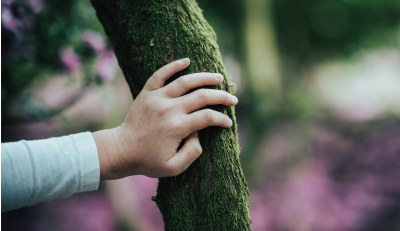

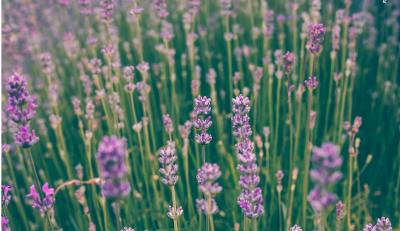
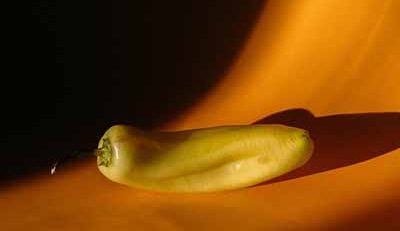

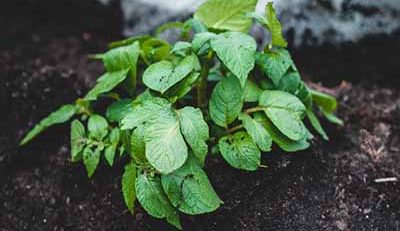

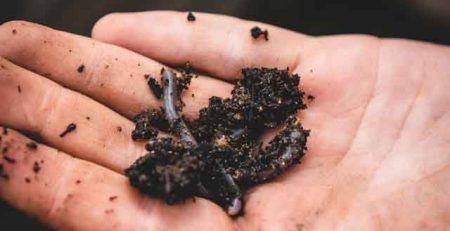


Leave a Reply